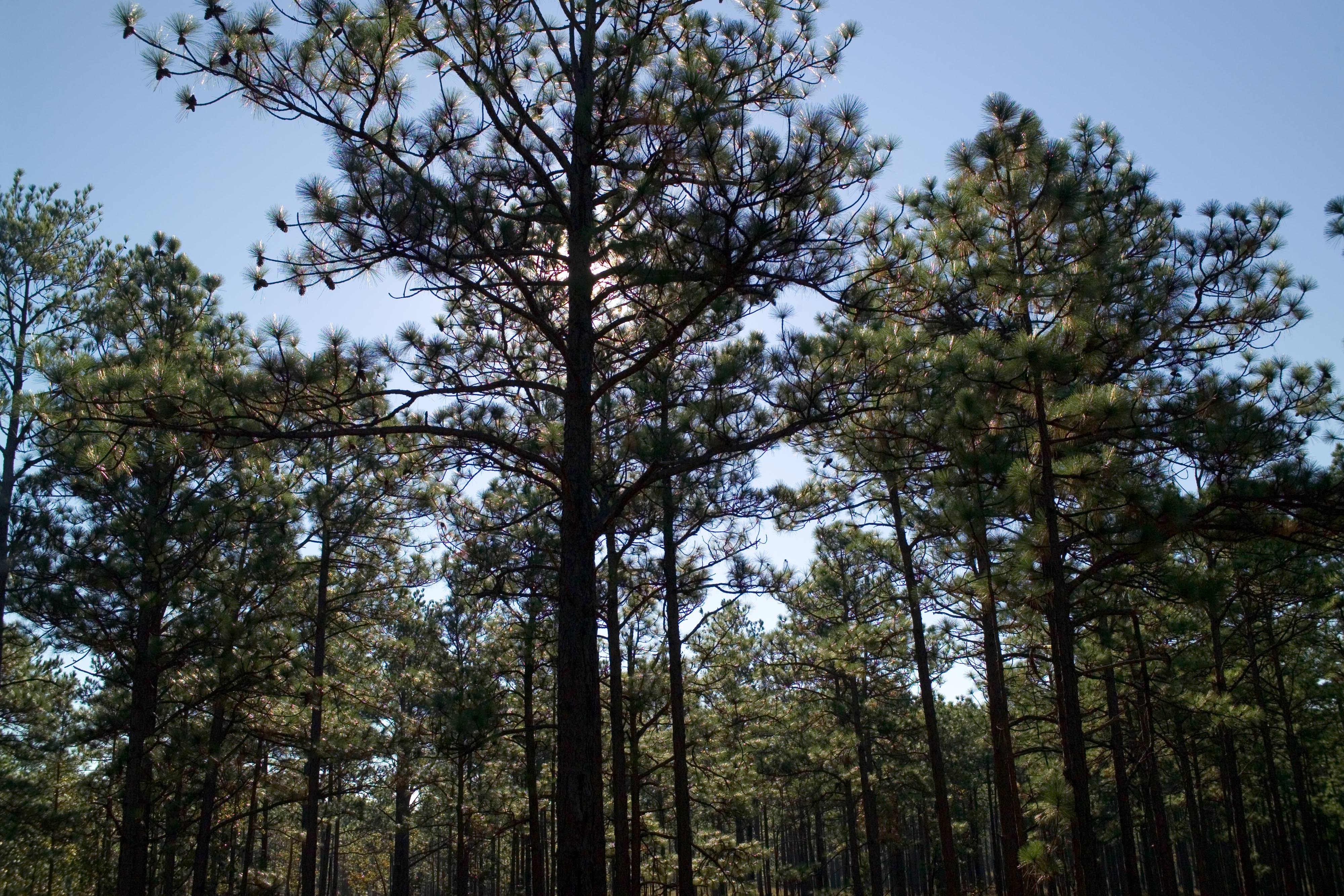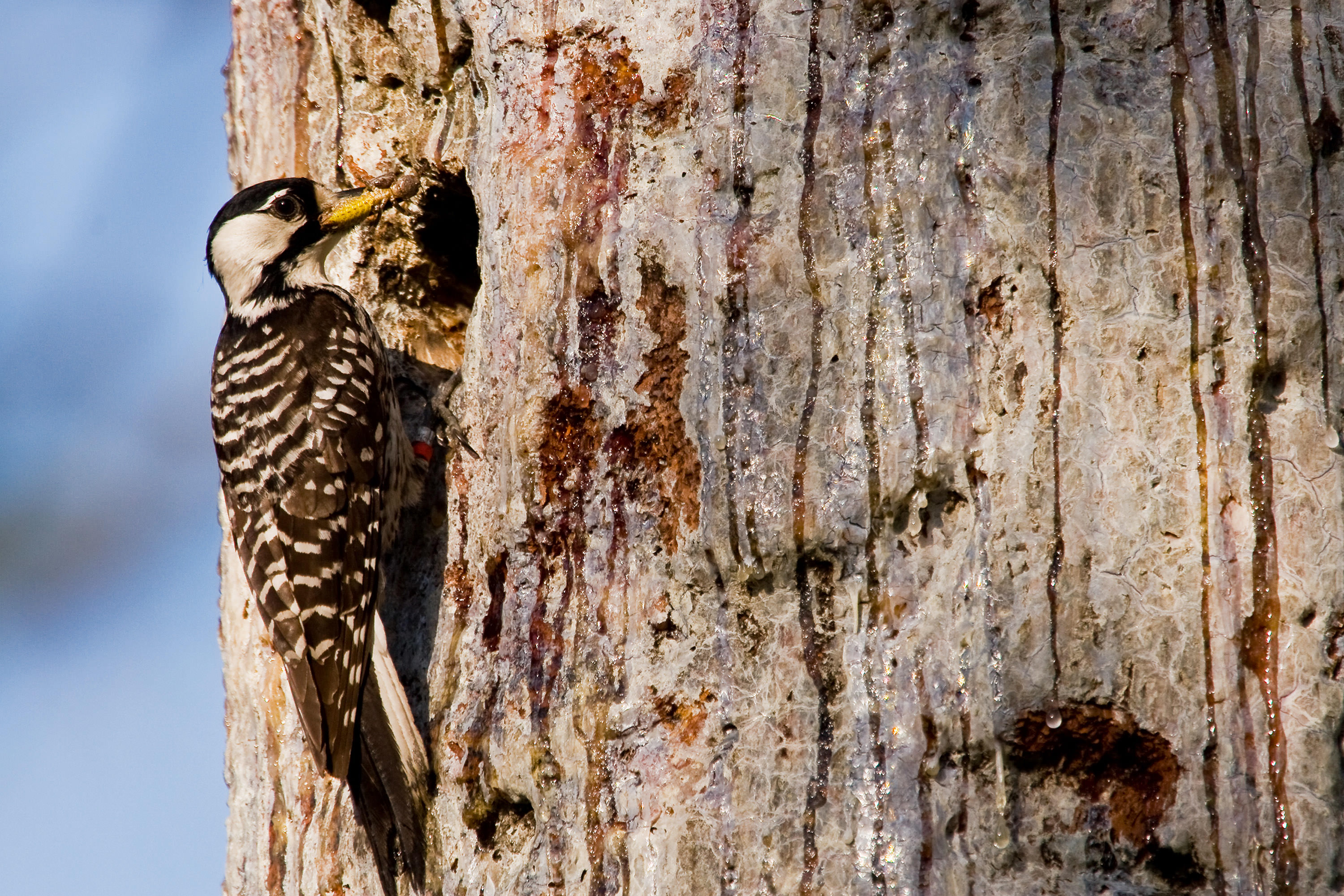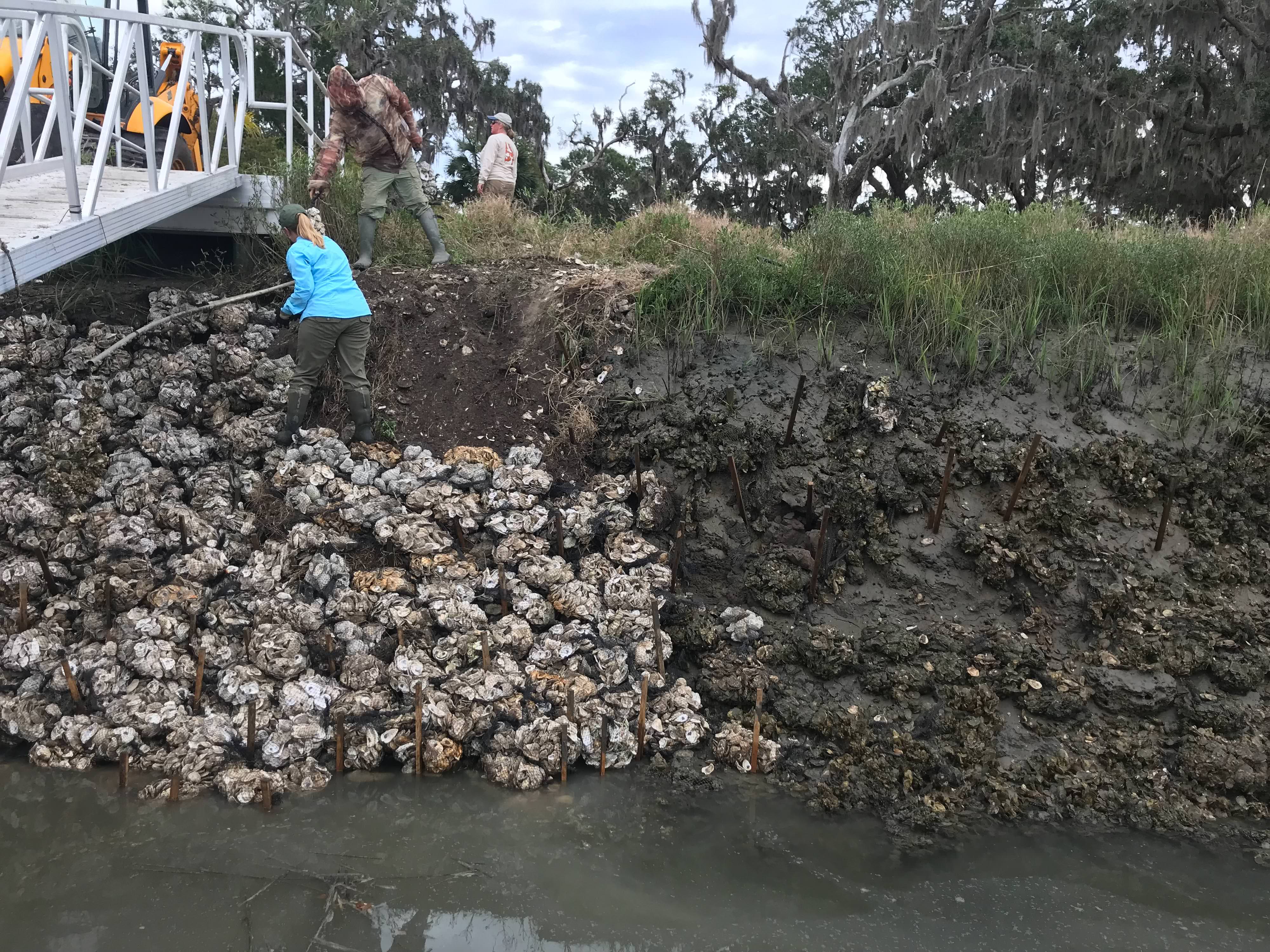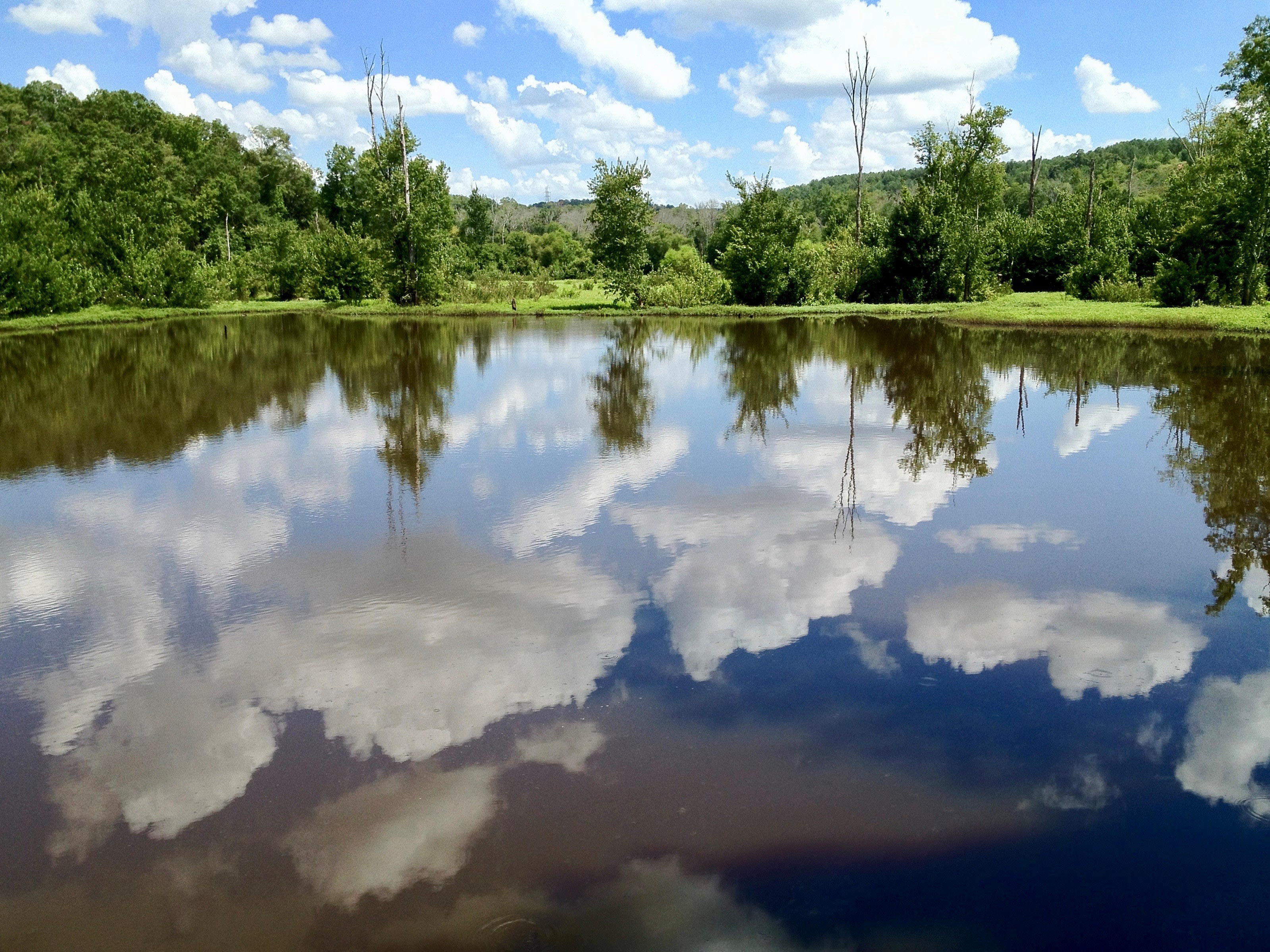Southern Georgia Named a Sentinel Landscape
Do you know the connection between protecting Georgia’s landscapes and national defense?
Preserving key landscapes in the U.S. strengthens the economies of farms, ranches, and forests; conserves habitat and natural resources; and protects vital test and training missions conducted on the military installations that anchor such landscapes. That’s why the U.S. Departments of Defense, Agriculture and Interior created the Sentinel Landscapes Partnership in 2013. The Georgia Sentinel Landscape was designated in 2017 and contains approximately 1.3 million acres within its boundary that are critical to important natural resources, working economies, and military readiness. This designation officially recognizes the role that protecting working lands and vital natural resources plays in sustaining the military mission as well as the long-term health of local communities in southern Georgia.
Spanning a significant portion of the southern part of the state, the Georgia Sentinel Landscape brings together more than 20 partners at the federal, state, and local levels to sustain working farms and forests; protect vital habitat for a number of important species; and promote land uses compatible with the military mission at nine of the nation’s most important installations and ranges, including Fort Benning, Fort Stewart, Townsend Bombing Range, Robins Air Force Base, and Naval Base Kings Bay.
Quote
This designation officially recognizes the role that protecting working lands and vital natural resources plays in sustaining the military mission as well as the long-term health of local communities in southern Georgia.
The Georgia Sentinel Landscape includes important conservation lands such as some of Georgia’s best remaining stands of longleaf pine, which the Conservancy is working to restore in Georgia and other southeast states. Longleaf pine forests, once plentiful and now reduced to only five percent of its original 90 million acres, provide important habitat for a variety of vulnerable species, including the gopher tortoise, red-cockaded woodpecker, eastern indigo snake and more. Working with our partners, the Conservancy aims to protect more than 20 additional viable gopher tortoise populations in the next five years through the Georgia Sentinel Landscape.
Freshwater conservation priorities include protecting much of the remaining, undeveloped segments of Georgia’s 100-mile coastline, which will help safeguard important wildlife corridors and provide local communities with unrestricted access to outdoor recreational opportunities. In partnership with the Savannah River Clean Water Fund (SRCWF), we aim to conserve riverbank buffers within the Savannah River watershed, thereby maintaining this waterway as a safe and reliable source of drinking water for the city of Savannah and surrounding municipalities while also reducing the need for the dredging of commercial shipping lanes in the strategically-important Port of Savannah.

The Georgia Sentinel Landscape joins six Sentinel Landscapes in this nationwide partnership: Joint Base Lewis-McChord in Washington; Fort Huachuca in Arizona; Middle Chesapeake in Maryland, Delaware, and Virginia; Avon Park Air Force Range in Florida; Camp Ripley in Minnesota; and Eastern North Carolina. At each of these Landscapes, partners are working with local landowners to promote and protect the land and livelihood of communities within their boundary, while maintaining military readiness at each installation.
The Conservancy is proud to work with a variety of federal, state and nonprofit partners to protect land and water within the Georgia Sentinel Landscape, including the U.S. Fish and Wildlife Service, Georgia Department of Natural Resources, the military services and the Longleaf Alliance.



